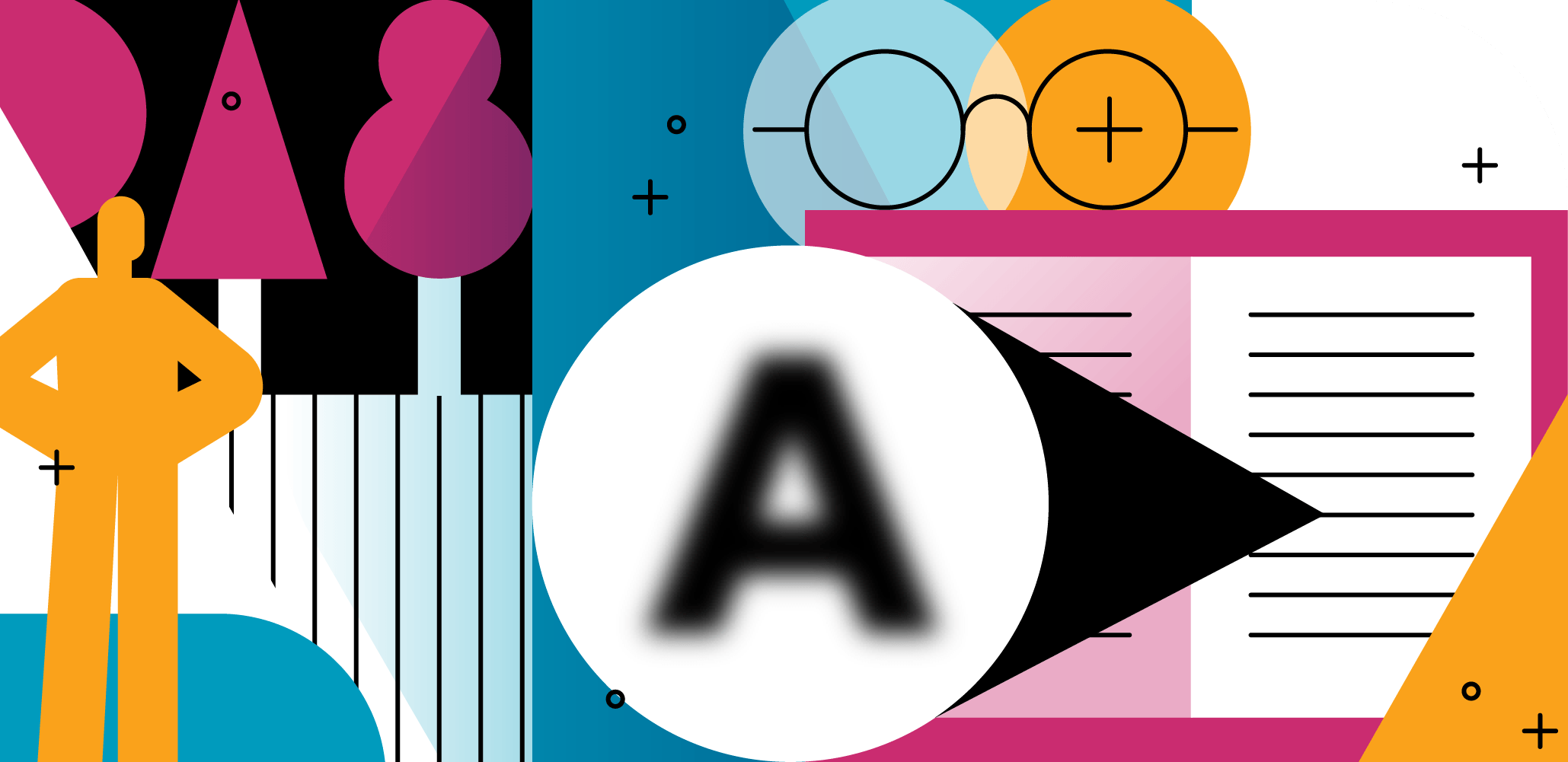
Hyperopia (Farsightedness)
Hyperopia, or farsightedness, makes it easier to see distant objects than those up close, often causing eye strain, fatigue, and headaches during near work. It’s easily detected through a comprehensive eye exam and can be corrected with glasses, contact lenses, or, in some cases, laser surgery.
Learn More